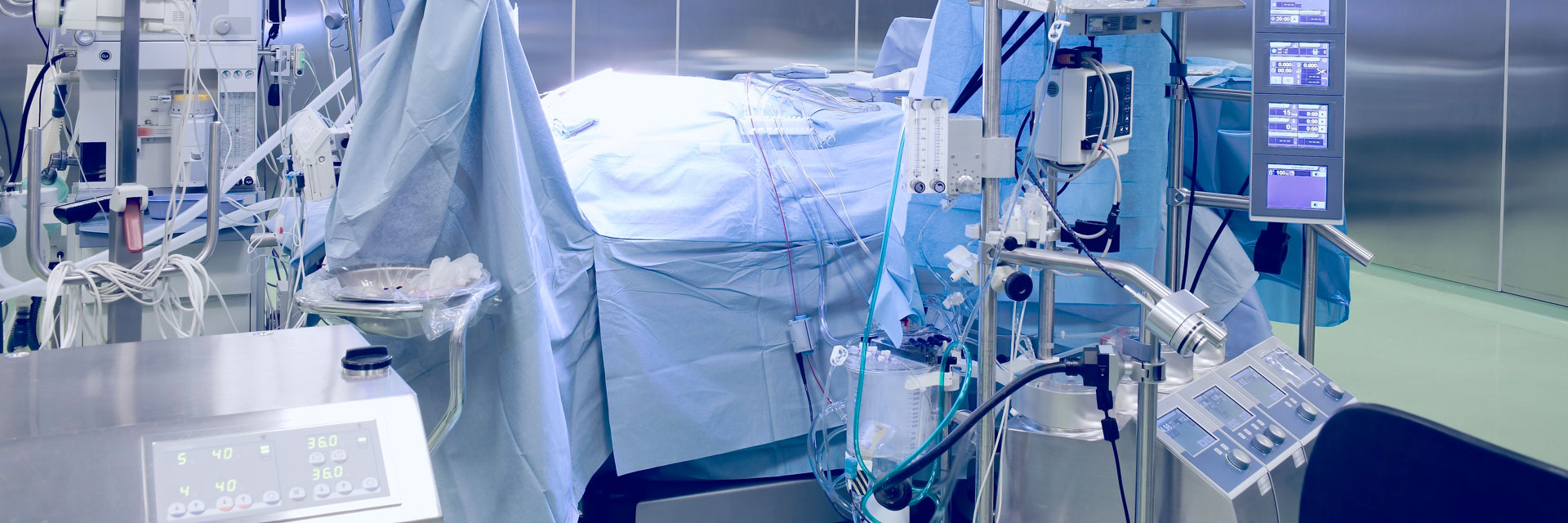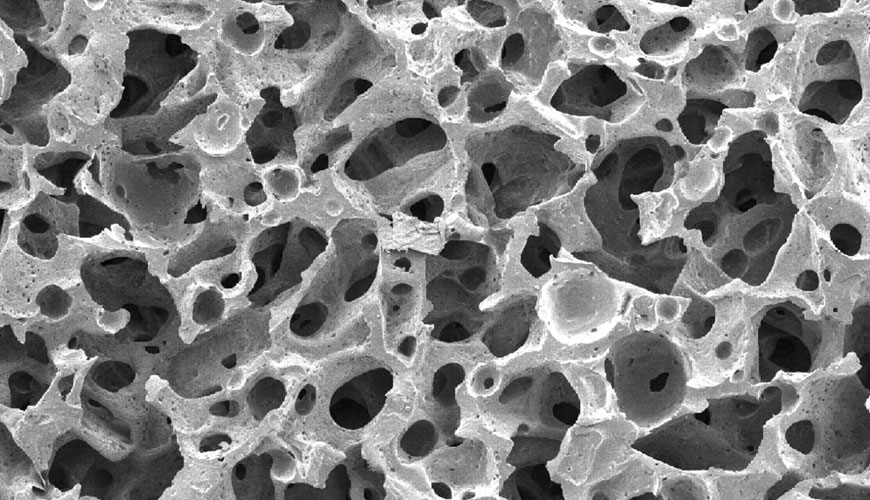

Developed by the Japanese Industrial Standards organization (JIS), the JIS Z 2801 standard tests the ability of plastics, metals, ceramics and other antimicrobial surfaces to inhibit the growth or kill microorganisms. The procedure is very sensitive to antimicrobial activity and has real-world applications anywhere from the hospital/clinical setting to a home consumer company concerned with a material's ability to allow bacterial growth.

The JIS Z 2801 method is the most widely chosen test and has become the industry standard for antimicrobial hard surface performance in the United States. Below you will find a summary of the JIS Z 2801 test method along with some of its strengths and weaknesses. The JIS Z 2801 test method method is designed to quantitatively test the ability of hard surfaces to inhibit the growth or kill microorganisms over a 24-hour contact period.
JIS Z 2801 Test Procedure
The test microorganism is usually prepared by growing it in a liquid culture medium. The suspension of the est microorganism is standardized by dilution in a nutrient broth (this gives the microorganisms growth potential during testing).
Control and test surfaces are inoculated with microorganisms in triplicate, and then the microbial inoculum is covered with a thin, sterile film. Covering the inoculum spreads it, prevents it from evaporating, and ensures close contact with the antimicrobial surface. Microbial concentrations are determined by "time zero" elution followed by dilution and coating.
A check is made to verify that the neutralization/elution method effectively neutralizes the antimicrobial agent on the antimicrobial surface being tested. Inoculated, covered control and antimicrobial test substrates are incubated intact in a humid environment for 24 hours. After incubation, microbial concentrations are determined. The reduction of microorganisms relative to their initial concentration and control surface is calculated.
The JIS Z 2801 method is quantitative and results tend to be reproducible provided the inoculum is not spilled from the target area after being covered with thin film. The method tests both bacteriostatic (growth inhibitory) and bactericidal (bactericidal) properties.
Microbial concentrations are standardized and nutrients are provided to the bacteria during the incubation period, providing ample opportunity for their growth if the surfaces are not sufficiently antimicrobial. This is in contrast to some other antimicrobial tests, where microbes are “incubated” in non-nutritive suspensions and can be stressful for long periods of time.
The method stipulates triplicate experiments that help researchers estimate the precision of individual tests and increase overall experimental accuracy. The method includes a “pass/fail” criterion for calculated antimicrobial activity levels observed in test samples, making antimicrobial activity determinations less optional.
Our organization also provides antimicrobial activity services of JIS Z 2801 hard non-porous surfaces to businesses within the framework of laboratory testing services.
To get an appointment, to get more detailed information or to request an evaluation, you can ask us to fill in our form and reach you.